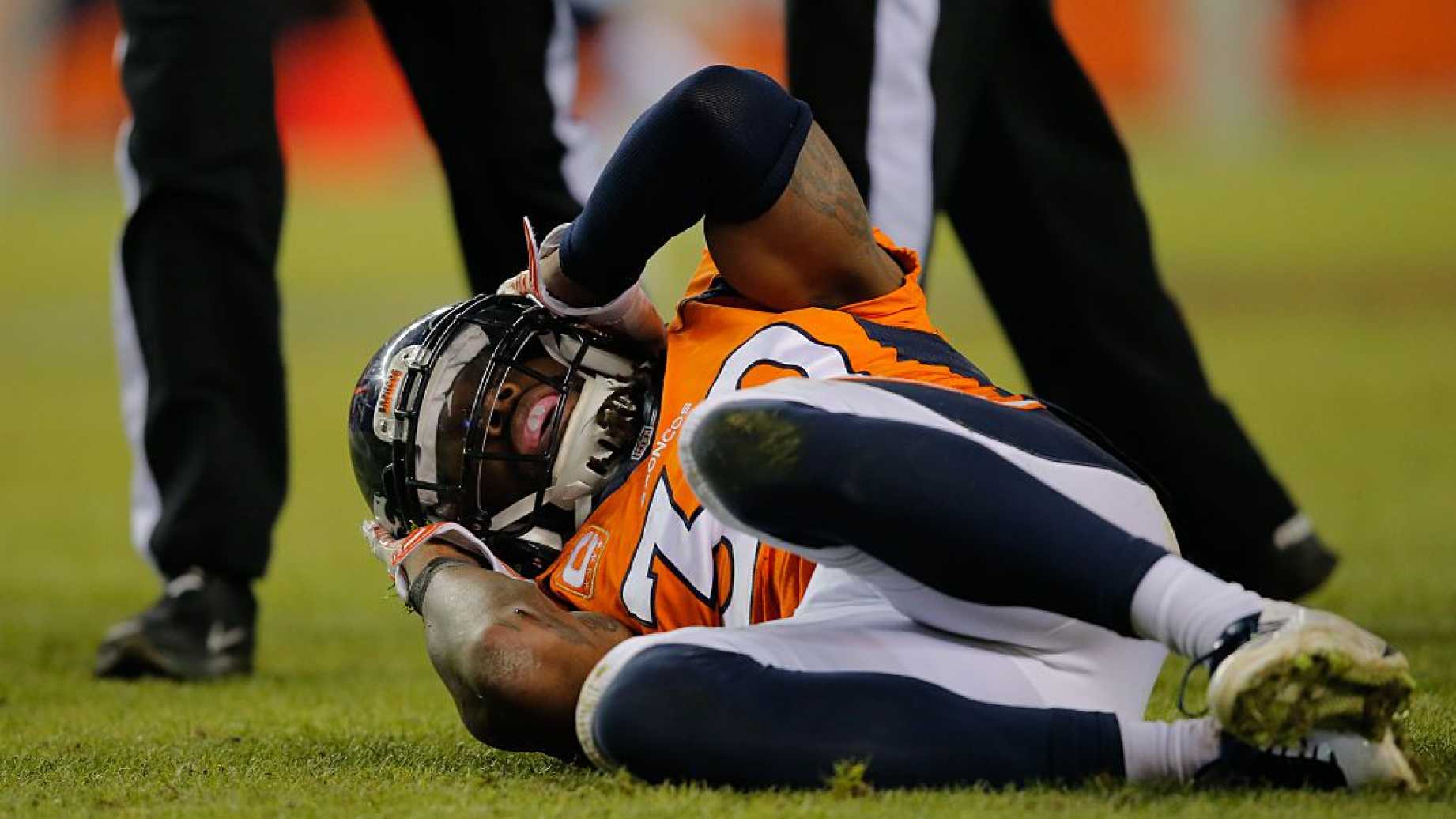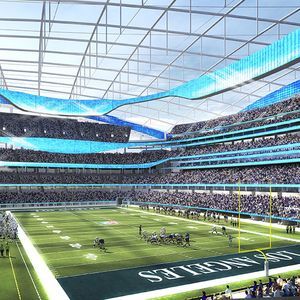I haven’t done a good sports-related post in forever. Apparently, it takes a broken leg to get me interested in college sports. I’ve learned more about how the NCAA started than most college fans probably want to know, and I’m shocked by what I’ve found out.
This ThinkProgress article on Kevin Ware’s broken leg takes a pretty big swipe at the NCAA. It quotes a story from the 2011 October issue of The Atlantic at length, which while being over a year old, is still quite timely and relevant:
Today, much of the NCAA’s moral authority—indeed much of the justification for its existence—is vested in its claim to protect what it calls the “student-athlete.” The term is meant to conjure the nobility of amateurism, and the precedence of scholarship over athletic endeavor. But the origins of the “student-athlete” lie not in a disinterested ideal but in a sophistic formulation designed … to help the NCAA in its “fight against workmen’s compensation insurance claims for injured football players.”
…The term came into play in the 1950s, when the widow of Ray Dennison, who had died from a head injury received while playing football in Colorado for the Fort Lewis A&M Aggies, filed for workmen’s-compensation death benefits. …
The term student-athlete was deliberately ambiguous. College players were not students at play (which might understate their athletic obligations), nor were they just athletes in college (which might imply they were professionals). That they were high-performance athletes meant they could be forgiven for not meeting the academic standards of their peers; that they were students meant they did not have to be compensated, ever, for anything more than the cost of their studies. Student-athlete became the NCAA’s signature term, repeated constantly in and out of courtrooms.
Now, think about this last paragraph in the light of such things as the Texas “No Pass No Play” rule, which came into effect in 1985–and has had unintended deleterious consequences, I might add. (Without going off on too much of a tangent, let’s just say youth gangs don’t care what’s on the last report card.)
The rule was originally intended to decrease failing grades by eliminating “distracting” sports, mainly for students in football, and mainly those who failed two or more courses. (If memory serves me correctly, the news exposé at the time brought to light students who failed four or more courses.) Instead of a rule focused strictly on the biggest part of the problem, the Texas version of the rule lets any teacher who can find a way to flunk a student have complete control of whether or not that student is in any extracurricular activities. Yes, there are (or at least were) teachers who will get “creative” and round down a 69.9 average so the student gets an “F” instead of a “D”. Bam! Game over. No sports, no band, no choir, no part in the school play for the next six weeks. I was stuck in “cadet band” one semester because of this, and I got a failing grade in band (68) during a grading period as a result due to the ridiculous number of demerits that being in “cadet band” set me up for. The school counselor, not surprisingly, didn’t believe me. (This is why I quit school band after that year.)
So, back on topic… any way you slice it, the bit about not meeting the academic standards of their peers is definitely hogwash today. Being on the football or basketball teams is not an excuse for having lower grades and honestly, I don’t realistically think it ever was.
The article from The Atlantic goes into detail about just how the NCAA has resorted to selling game broadcast videos and made other merchandising deals in apparent exploitation of the athletic students it should be protecting. A small portion of this:
All of this money ultimately derives from the college athletes whose
likenesses are shown in the films or video games. But none of the profits go to them. … Naturally, as they have become more of a profit center for the NCAA, some of the vaunted “student-athletes” have begun to clamor that they deserve a share of those profits. You “see everybody getting richer and richer,” Desmond Howard, who won the 1991 Heisman Trophy while playing for the Michigan Wolverines, told USA Today recently. “And you walk around and you can’t put gas in your car? You can’t even fly home to see your parents?”
… “Once you leave your university,” says [Ed] O’Bannon, who won the John Wooden Award for player of the year in 1995 on UCLA’s national-championship basketball team, “one would think your likeness belongs to you.”
Later on in the article comes a huge indictment of how the NCAA defines amateur status. I obviously can’t quote the entire article here but this should give you some idea what’s at stake. We have, on one hand, the NCAA, which has gone from its original mission to what is in effect a near-monopoly on college sports, using this flimsy excuse that college athletes are amateurs to first, exclude them from worker’s compensation claims, and second, to keep them from even negotiating with professional sports teams at all without risking their supposed amateur status.
The idea that (most) college athletes are amateurs is absurd. College athletes are paid when they get an athletic scholarship. (The walk-ons might be true amateurs, thus the “most” above.) The NCAA is truly treating college athletes like professionals by licensing their likenesses and, worse, not paying them for the privilege. The Olympics abandoned amateur status requirements back in 1986, for better or for worse. On top of this, it strikes me as just plain silly to rule players ineligible just for testing the market by negotiating with a professional team–even if no money changes hands.
This would be less of an issue if not combined with the most utterly short-sighted and galactically stupid limit of one year on scholarship commitments. Add this all up and you have the following: college athletes are at the mercy of their coaches and pretty much commit to playing their sport of choice for all four years to have a chance to graduate, if their coaches will let them. If the coach decides to cut an athlete the following year–boom! It’s either don’t graduate, hope to qualify for a Pell grant, or take out student loans.
I will probably revisit this topic at a later date. It will take me time to find suggestions on ways to fix the problems, because there are simply too many. But it’s clear to me that the NCAA as it stands today, stands for what is wrong with college athletics. We, the sports fans of the US (and the world), deserve better.


